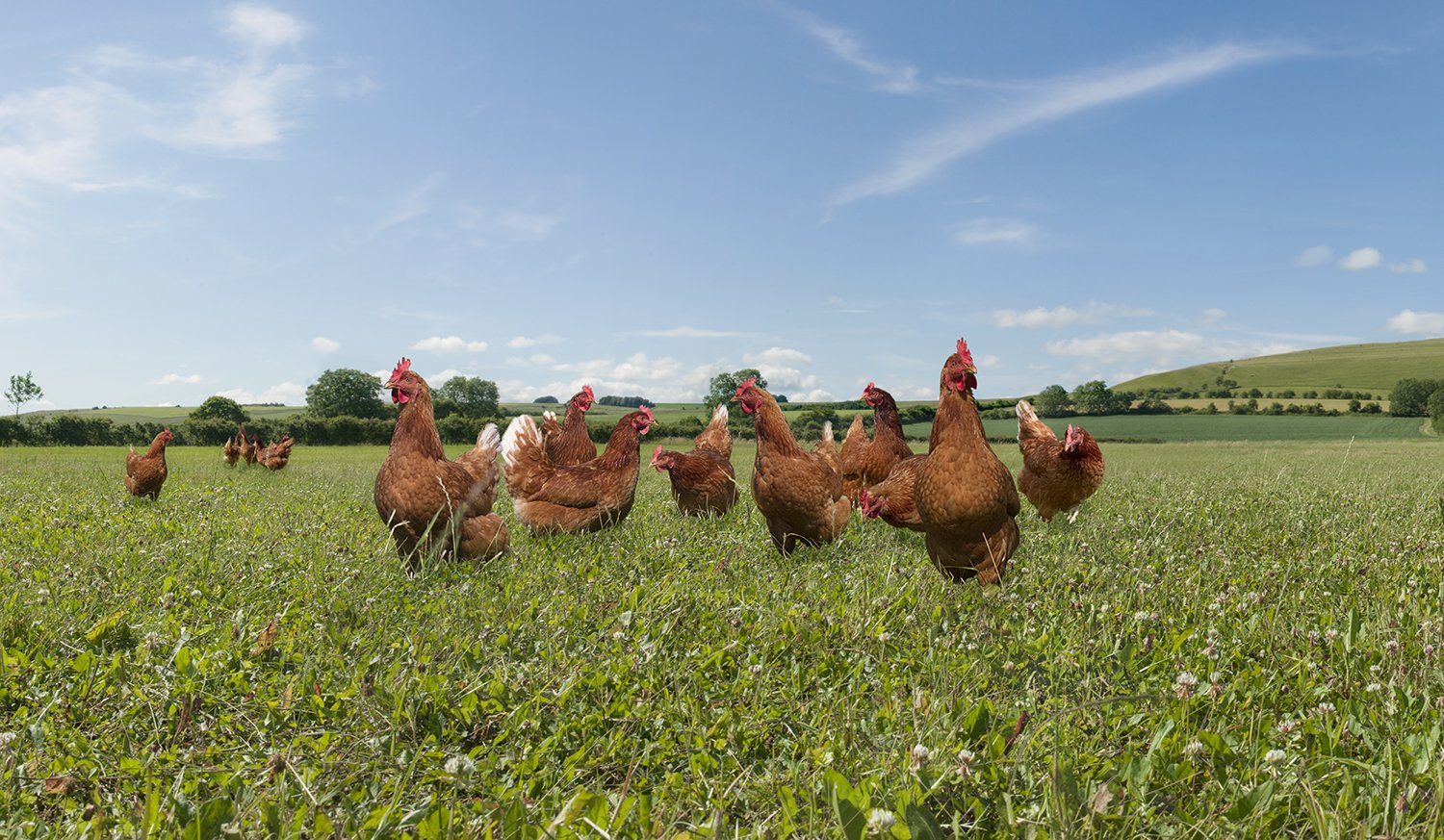
The £ continued to rally this week hitting new yearly highs. Indications still point towards further hikes through the first part of 2023. There are huge volumes of cheap Black Sea wheat flooding the market. The USDA report last week did lower global production for 22/23. Soya prices have settled following the report last week which reduced Argentina’s production by 7 MlnT in one hit! Organic prices seem to have found a level now albeit, not really trading. The caveat to prices moving lower is that material in the stores carries a cost and there will be a limit to how low shippers are prepared to go to move stock before it makes more sense to hold it.























